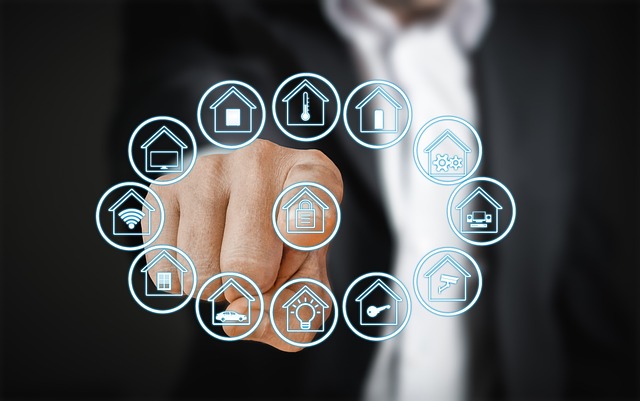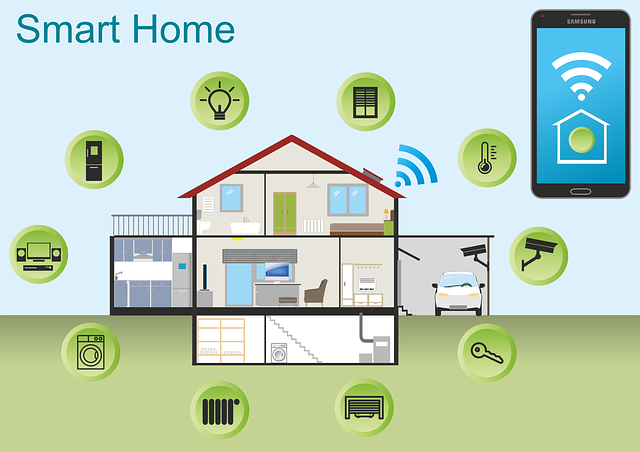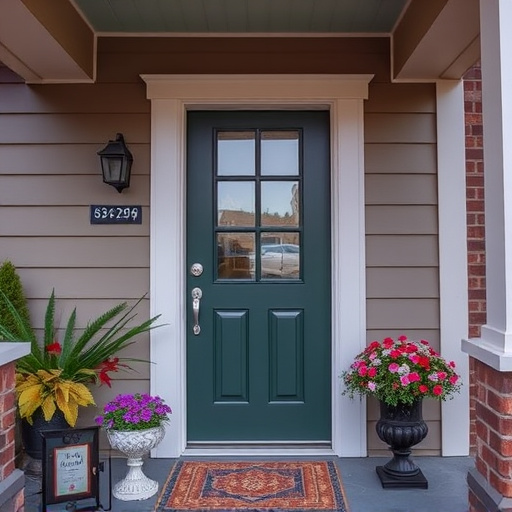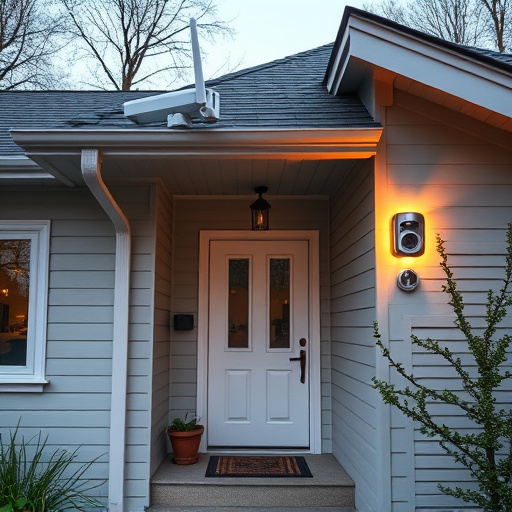Integrating smart home devices offers a beginner-friendly route to bolstering home security. By connecting appliances and systems, users can control and monitor their homes remotely via smartphones or voice assistants. This guide introduces key concepts like inter-device communication and highlights practical applications such as motion sensors, cameras, smart locks, and automated lighting for comprehensive safety. Real-time alerts and automated measures provide peace of mind and remote property monitoring. Beginners should start with a centralized system featuring door/window sensors, motion detectors, and alarms, controlling them via smartphone apps to set rules and triggers for optimal protection. Maximizing connectivity and organizing devices strategically enhances overall home security.
“Unraveling the world of smart home safety is now easier than ever for beginners. This comprehensive guide will walk you through the essentials of integrating advanced security technology into your living space. From understanding basic smart home devices and their benefits to navigating the market for top-tier options, this article covers all bases. Learn how to set up and optimize your new smart safety system efficiently, ensuring enhanced protection at every step. Discover tips and tricks to maximize the potential of these devices, transforming your home into a secure smart haven.”
- Understanding Smart Home Devices: A Beginner's Perspective
- The Benefits of Integrating Home Safety Technology
- Essential Smart Home Protection for Every Level of Expertise
- Navigating the Market: Best Smart Devices for Enhanced Security
- Setting Up and Using Your New Smart Safety System
- Tips and Tricks for Maximizing Smart Home Device Efficiency
Understanding Smart Home Devices: A Beginner's Perspective
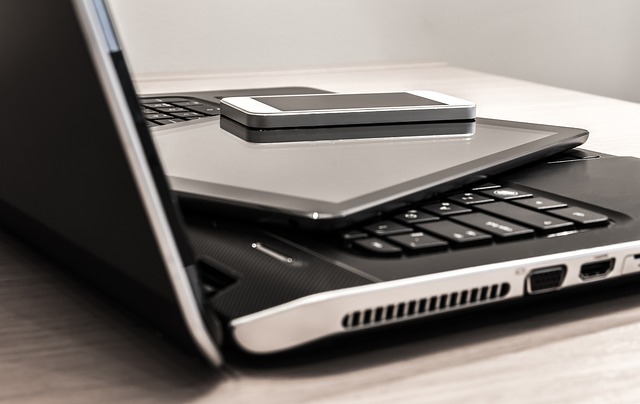
Embarking on the journey into smart home safety devices can seem daunting, but understanding the basics is key to harnessing their potential. Smart home devices are a collection of technologies designed to enhance home safety and convenience by connecting various appliances and systems through a centralized network. For beginners, it’s essential to grasp how these devices communicate with each other and your smartphone or voice assistant.
This beginners guide to smart safety focuses on simplifying the process of choosing and using home safety technology. Smart home protection encompasses a range of solutions from motion sensors and cameras to smart locks and automated lighting. By integrating these devices, you create an interconnected network that allows for comprehensive monitoring and control. Using smart devices lets you stay informed about your home’s status, set up alerts for potential intruders, and even remotely access certain features, all from the convenience of your smartphone.
The Benefits of Integrating Home Safety Technology

Integrating home safety technology through smart home devices offers numerous benefits that significantly enhance your family’s security and peace of mind. In today’s digital era, using smart devices for home protection allows you to monitor your property remotely, receiving instant alerts about any suspicious activity. This real-time surveillance ensures a swift response to potential threats, providing advanced warning and giving you time to take necessary actions.
Furthermore, smart home safety devices enable you to automate various security measures, creating an impenetrable fortress around your residence. From motion sensors and door/window contactors to intelligent cameras and advanced alarm systems, these tech-driven solutions work cohesively to create layers of protection. Through a beginner’s guide to smart safety, you can learn how to use these devices effectively, configuring them to suit your family’s needs and preferences for optimal home security.
Essential Smart Home Protection for Every Level of Expertise

Smart home devices offer a new level of convenience and control when it comes to enhancing home safety. For beginners looking to dip their toes into the world of smart home technology, focusing on key areas can provide robust protection. The first step is investing in a reliable smart security system that includes door and window sensors, motion detectors, and a central control panel. These devices allow you to monitor your home’s perimeter and receive alerts when any unauthorized access attempts occur.
Additionally, incorporating smart cameras with night vision capabilities enables continuous surveillance, even in low-light conditions. Using these smart devices, you can remotely view live feeds, record footage, and receive motion notifications. Simple yet effective measures like smart locks, which can be controlled via a smartphone app, further strengthen your home’s defenses. By using these smart home protection tools, beginners can easily manage their security, ensuring peace of mind at any expertise level.
Navigating the Market: Best Smart Devices for Enhanced Security

Navigating the market for smart home security devices can be overwhelming due to the wide array of options available. However, for beginners looking to enhance their home safety using technology, focusing on a few key areas is essential. Smart cameras and door locks are popular choices as they offer remote access and monitoring capabilities, allowing you to check on your property from anywhere. Motion sensors and smart alarms are also valuable additions, providing advanced warning of any intrusions.
Integrating these smart home devices into your security system can significantly boost your home’s protection. Look for devices that work seamlessly together, often through a central hub or app, to create an effective and efficient surveillance network. Remember, the best smart home safety technology should cater to your specific needs, whether it’s monitoring entry points, detecting unusual activity, or providing peace of mind while you’re away from home.
Setting Up and Using Your New Smart Safety System

Setting up a new smart home safety system can seem daunting at first, but with a few simple steps, you’ll have it up and running in no time. Start by identifying your needs; do you want motion sensors for movement detection, door/window contacts to monitor openings, or perhaps a smart camera for remote surveillance? Once you’ve chosen the devices that suit your home’s layout, download the manufacturer’s app and follow the instructions provided. Most smart home protection systems offer easy-to-use interfaces where you can create zones for different areas of your house, set up alerts, and even test sensors before installing them at strategic locations.
After installation, configuring rules and triggers is key to enhancing home safety using these devices. For example, set up your system to notify you via your smartphone whenever a motion sensor detects movement, or automatically arm the system when everyone leaves the house. Regularly review and adjust settings as needed to ensure optimal protection. Using smart home devices for security offers peace of mind, allowing you to monitor your property remotely and respond quickly to potential issues, making it an excellent addition to any modern home.
Tips and Tricks for Maximizing Smart Home Device Efficiency
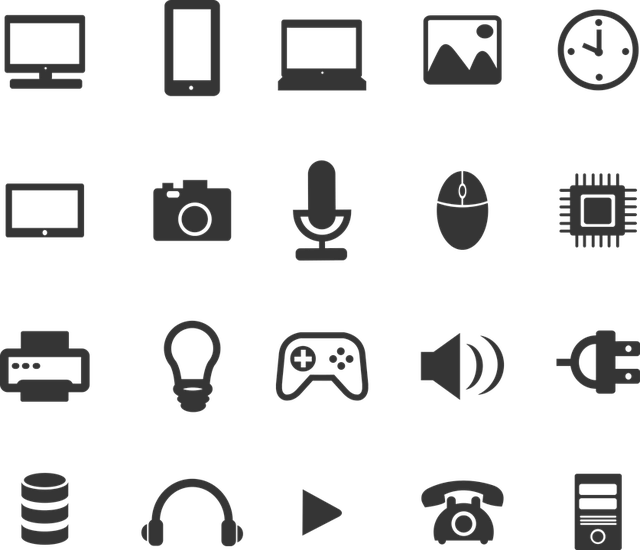
Maximizing the efficiency of your smart home devices is key to achieving optimal home safety and security. A great starting point is to ensure seamless connectivity between all your gadgets. Most modern smart home systems operate on Wi-Fi, so a stable and robust network connection is essential. Regularly update firmware for both your router and individual smart devices to prevent compatibility issues and enhance performance.
Another tip is to create a structured setup. Grouping similar devices together, such as connecting all lighting controls in one app or clustering security sensors, simplifies control and monitoring. Additionally, consider the placement of sensors; motion detectors should cover all entry points, while smart cameras placed strategically can provide comprehensive surveillance. By optimizing these aspects, you’ll enhance your home’s protection using the power of smart home technology.
